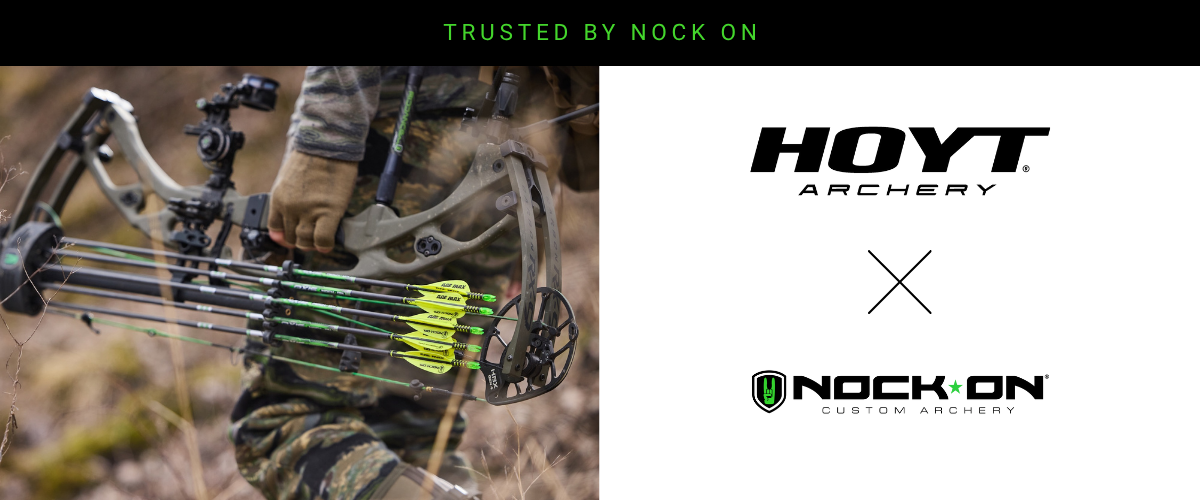Preparation for the unexpected makes a successful late-season deer hunter.
I learned this lesson the hard way after moving to the Midwest years ago. My most productive late-season spots were suddenly unhuntable because I hadn’t planned for changing wind directions.
That mistake cost me opportunities I’ll never get back. But it also forced me to develop a system that makes sure I’m never caught unprepared again, especially during those important days when all other factors line up perfectly.
Most hunters have a solid Plan A for their late-season setups. But when your hunting app sends a notification that the wind is completely wrong for your primary whitetail deer stand, having a bulletproof Plan B strategy becomes the difference between filling your tag and ending the season with regret.
Building Your Late-Season Whitetail Deer Hunting Stand
After gun seasons wrap up and neighboring properties have been pressured hard, deer start looking for security and calories. That’s why my approach to late-season hunting revolves around a simple formula: heavy bedding + nearby food source = consistent late-season opportunities.
I designate specific areas that I avoid until late season. My new favorite spot is a great example. It’s got heavy bedding (thick cover where deer feel secure) with a standing food source planted immediately adjacent. This year it’s corn; last year it was beans. I always alternate crops to maintain soil health and provide different nutrient profiles that deer crave during winter’s hardest weeks.
The key is leaving these food sources standing. While neighboring properties have harvested their crops, my standing corn or beans become feeding areas for pressured deer. They don’t have to travel far from bedding to feed, which means daylight activity increases. That’s what you want during short winter days.
The Wind Direction Problem Most Whitetail Deer Stand Hunters Ignore
Failure to account for non-prevailing winds causes most late-season strategies to fall apart. In the Midwest during winter, we typically deal with north, northwest, and west winds. We think “cold and cold fronts,” which involve Old Man Winter and his northerly squalls. Most hunters set up their whitetail deer stands to capitalize on these common wind directions, which is smart.
My primary whitetail hunting stand location here is perfect for those prevailing winds. When the wind comes from the north, northwest, or west, I can hunt that stand all day long without my scent blowing toward the feeding area or bedding.
But there’s a flaw in having a single setup. It’s not just the cold snap days that produce during the late season — transitional days are also great for notching a tag. But those days often come with winds that contradict the ones typical of frigid conditions.
South and east winds absolutely will occur during the late season, often during the days you need to hunt — right ahead of a front or just after howling winds. When frigid fronts approach or depart, wind directions change. These transitional days frequently create perfect hunting conditions: dropping temperatures, rising pressure, increased deer movement, and a south or east wind that makes your primary stand unhuntable.
This is where a Plan B setup comes into play. Without it, you’ll face an impossible choice: hunt your primary stand with a bad wind (educating deer and ruining the spot), or stay home during what might be the best day of the late season.
Creating Your Plan B Whitetail Hunting Stand Strategy
My primary whitetail deer stand is positioned on the south side of a food plot, perfect for those north and west winds. But I’ve also established an identical setup on the opposite side of this field, specifically designed for south wind situations. This Plan B stand gives me the flexibility to hunt my best late-season spot regardless of wind direction.
I like to use HuntWise’s WindCast feature to visualize how my scent will disperse from each stand location, which helps me choose the right setup based on the forecast. When the app sends that notification that tomorrow is the perfect day, I don’t need to scramble. I just select the best stand for the wind.
The execution is straightforward but requires forethought:
- Identify your primary late-season location.
- Determine the prevailing winds for your hunting area.
- Position your primary stand accordingly.
- Identify the next most common wind direction (often the exact opposite).
- Establish a secondary stand for those conditions.
This approach gives you options and maximizes your opportunities. Late-season hunting windows are precious and limited, so missing even a single prime day can be the difference between success and tag soup.
Beyond the Prevailing Wind: Whitetail Stand Location Planning
Consider how changing weather patterns might affect deer movement in your area. Heavy snow might close certain access routes, while extreme cold might change feeding times or increase the activity at a food source. The late season is arguably the easiest time to pattern deer. They are going from bedding to food. You just need to be at either end of the pattern at the right time. Each variable deserves consideration and a corresponding backup plan.
I’ve applied this approach to every aspect of my late-season strategy, from access routes to whitetail deer hunting stand locations to timing. The result has been more opportunities and greater success during what many consider the most challenging part of the season.
Finding the Perfect Spot to Shoot a Whitetail Deer
Plan for the prevailing winds with your primary setup, but always have a Plan B ready for when south winds rush in during prime hunting days. This simple approach has changed my late-season success for the better, and I’m confident it’ll do the same for you.
Over the years, I have made it mandatory to factor in the Plan A and Plan B demands for any new hunting spot I have manicured into a good kill spot. I make sure the food or bedding location gives the two options I need to be there so that the wind isn’t the factor; its just waiting on the right time.
When your hunting app tells you tomorrow is the day (moon phase, weather front, pressure change, etc.), you want to be in the field, not sitting at home wishing you had a stand for that south wind. Finding the best shot placement on a whitetail starts with being in the right position, and that means having a whitetail hunting stand location ready for any wind direction.
Optimize your time this season with HuntWise! To get your Nock On Nation 25% discount visit: http://get.huntwise.com/nockon






 massmonopoly
massmonopoly